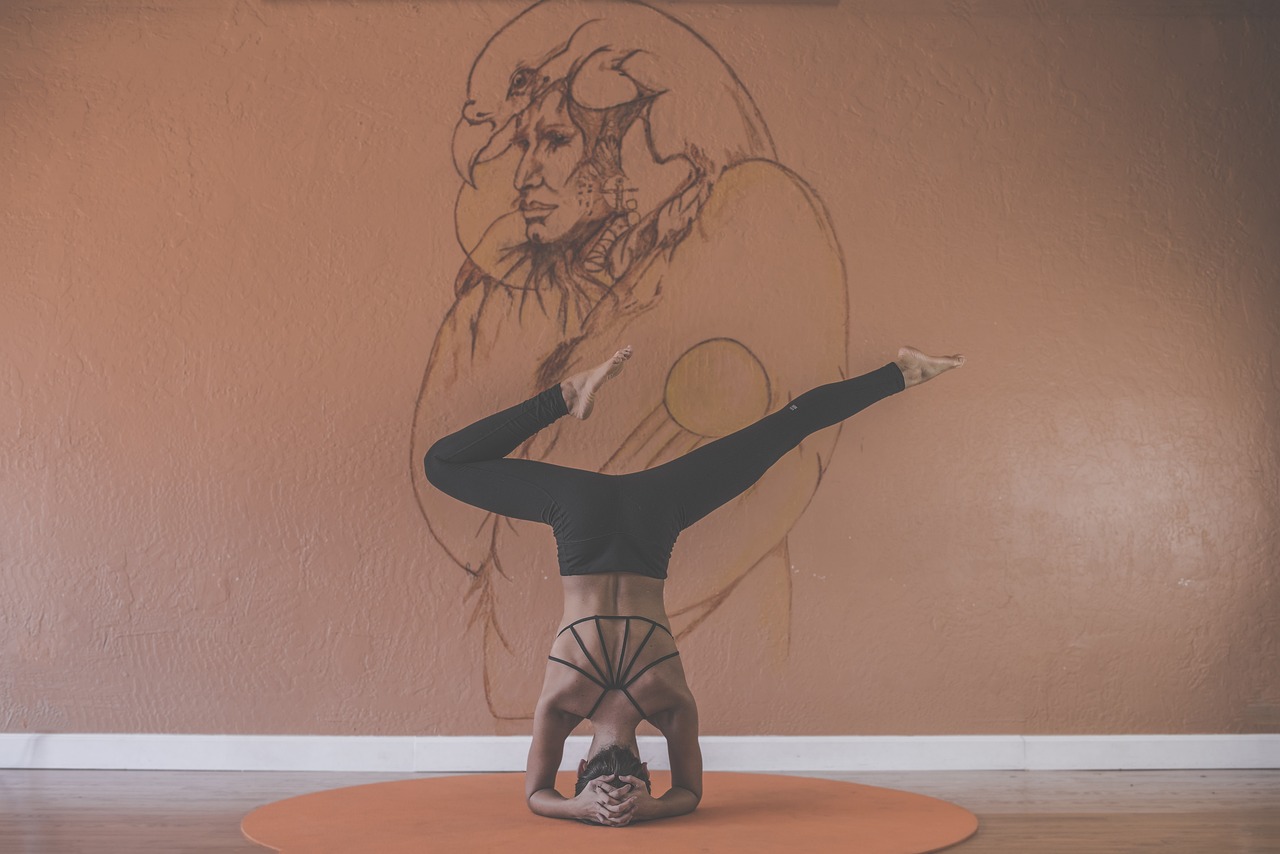“`html
In our fast-paced world filled with constant distractions, the quest for inner peace has become increasingly relevant. Inner peace refers to a state of mental and emotional calmness, which is often accompanied by a certain level of happiness or serenity. This blog post delves into the concept of inner peace, exploring its significance, benefits, and practical ways to cultivate it in our lives.
Understanding Inner Peace
Before diving into the methods for achieving inner peace, it’s essential to grasp what it truly means.
The Essence of Inner Peace
Inner peace is more than just a fleeting sense of relaxation. It embodies:
- Emotional Stability: The ability to manage your emotions effectively.
- Mental Clarity: A focused mind free of overwhelming thoughts.
- Spiritual Fulfillment: A sense of connection to something greater than oneself.
The Importance of Inner Peace
Achieving inner peace has numerous benefits for overall well-being:
- Reduces stress and anxiety.
- Enhances emotional resilience.
- Improves relationships with others.
- Increases overall happiness.
Barriers to Achieving Inner Peace
Understanding what hinders our peace can empower us to overcome these obstacles.
Common Obstacles
Some prevalent barriers include:
- Negative Self-Talk: Critical inner dialogue can undermine confidence.
- External Stressors: Work pressures, family conflicts, and societal expectations.
- Digital Distractions: The incessant pull of social media and notifications.
Assessing Your Barriers
Begin by identifying your personal obstacles to inner peace via:
- Journaling your thoughts and feelings for a week.
- Noting recurring stressors and triggers in your daily routine.
Practical Strategies for Cultivating Inner Peace
Implementing practical strategies can make a significant difference in achieving inner peace.
Mindfulness and Meditation
Practicing mindfulness can ground you in the present moment. Here are some steps:
- Daily Meditation: Spend at least 10 minutes each day in silent meditation.
- Mindful Breathing: Focus your breath to calm your thoughts.
- Guided Meditations: Use apps like Headspace or Calm to get started.
Setting Boundaries
Establishing healthy boundaries is crucial:
- Learn to say no without guilt.
- Limit your time spent on social media.
- Create personal time for relaxation and hobbies.
Practicing Gratitude
Gratitude can transform your mindset. Try these practices:
- Keep a daily gratitude journal.
- Share your gratitude with friends and family.
- Reflect on three positive aspects of each day before sleep.
Creating a Supportive Environment
Your surroundings play a crucial role in your inner peace journey.
Physical Space
Organize your space to promote serenity:
- Declutter your home or workspace.
- Incorporate colors that promote calmness, such as blues and greens.
- Add elements of nature, such as plants or water features.
Social Environment
Your relationships can either contribute to or detract from your inner peace:
- Surround yourself with supportive, positive individuals.
- Limit time with negative or toxic people.
- Engage in community activities that resonate with your values.
Conclusion
Inner peace is a vital component of a fulfilling life, allowing us to navigate the complexities of modern existence with ease and grace. By understanding its significance, identifying barriers, and employing practical strategies, you can cultivate a serene inner life. Remember, the journey to inner peace is ongoing, requiring patience and practice. Start today, and take the first step toward a more tranquil and centered existence.
“`






